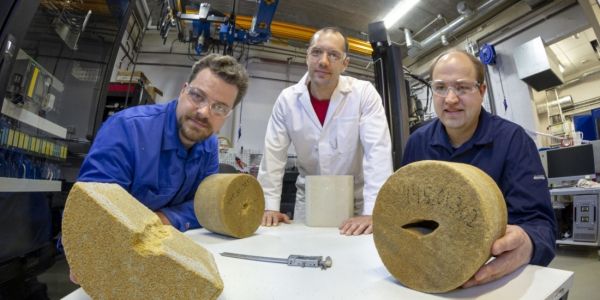Sand in the oil stream with the risk of well collapse is a well-known problem when sandstone reservoirs approach depletion. Advanced sensors and a super machine are helping research scientists to find the threshold at which profitable production ceases. This can increase the lifetime of reservoirs.
In mature fields on the Norwegian shelf – those that have been producing for some time – fluid pressure in the reservoir is reduced, resulting in lower resistance to the forces to which the reservoir rock is exposed. These forces cause sand and rock fragments to break loose from the well walls and mix with the oil or gas streams. This is called “sand production” and is a problem that applies particularly to older fields.
“To exploit the resources in developed fields, it pays to produce as efficiently as possible from existing wells, and this requires knowledge of how to produce when the risk of sand production increases. This is what we are now able to predict more accurately,” says Andreas Berntsen at SINTEF.
Continue reading at SINTEF
Image via SINTEF


